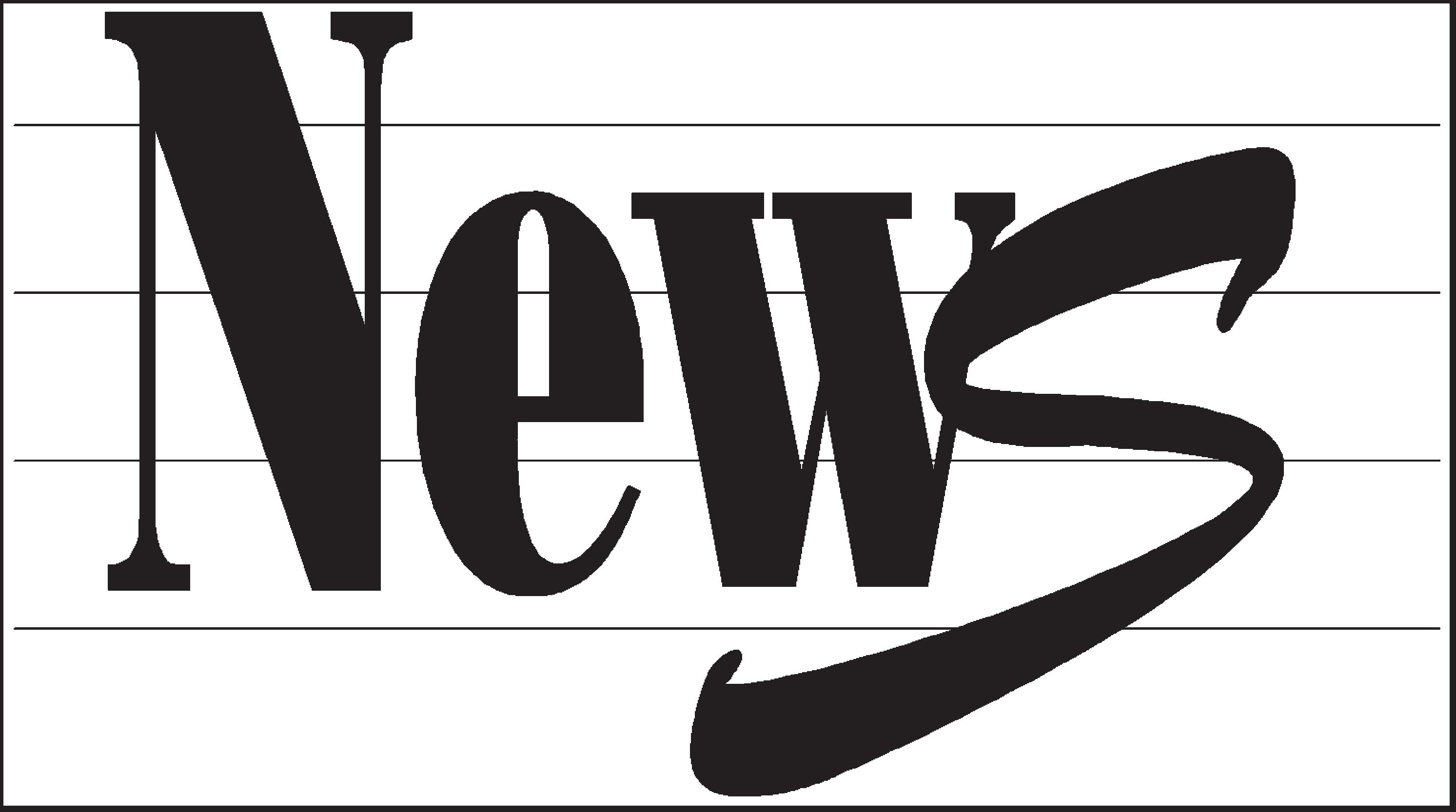
4 minute read
Risk-Sharing News
Risk-Sharing
Helping Ensure a Safe Workplace for Employees
Advertisement
I was recently approached by a newer employee for a Public Works Department after I had taught a trenching and excavation class. He asked me how I thought he should handle a supervisor directing him to enter a trench that he felt was unsafe. He said the excavation had been dug to repair a broken water pipe. He told me that the ground was saturated with water and the side walls were straight up and down and material was raveling off the sidewalls into the trench. The soil had been previously disturbed because utilities had been trenched in. He was directed by his supervisor to go into the trench without any shoring or shielding protection. Once inside the trench, he was standing in ankle-deep mud. If his description was accurate, it was definitely an unsafe situation and he should not have been directed to put himself in harm’s way. We discussed some options on how he could handle this in the future. After he left I asked myself, “How do we typically measure safety?” The obvious answer is by the number of losses experienced. Tracking losses is important as we look for frequency and severity issues but these are trailing indicators. In other words, something had to happen for a claim to occur and we are only being reactive if that is all we are looking at. Some cities may have had zero worker’s compensation claims, but that does not always mean that they have a good safety program. Maybe their employees have just been lucky as it appears to have been the situation that I described with the Public Works employee. He followed his supervisor’s order and he survived this time, but what about next time? Oftentimes when nothing bad happens as a result of unsafe acts, supervisors and employees are apt to repeat that same unsafe behavior again. Do you really want the safety and well-being of your employees to rely totally on luck?
To really be effective you need to be proactive. Safety must be a priority within your organization and it is definitely a “top down process.” How do you think your employees would respond if they were asked whether or not safety is a priority within your organization? A good safety and loss control program needs the commitment of the Mayor and the City Council/Commission. This commitment has to be communicated to the Department Heads and more importantly to the mid-level supervisors and then to the employees. When budgets are tight and workloads increase, safety is still a good investment.
An HR Director called us and asked what we thought of their city eliminating “pre-employment/post-offer physicals” for new hires. We certainly encouraged that city to continue even though it is an expense. This city had become proactive by requiring new hires to complete a comprehensive post-offer physical. The physical assured the city that the employee could perform all of the essential physical functions for the job. It also established a baseline as to the condition of the employee at the time they were hired. If the employee could not perform the essential physical functions of the job, the job offer could legally be withdrawn. You do not want to hire someone with a preexisting condition that you could later be financially responsible for. A comprehensive physical for a Public Works employee is less than $300 but a bad back could cost $40,000 to $80,000 depending on which study you read. Not a bad investment, is it? The SDML Workers’ Compensation Fund has hired outside consultants to develop functional job descriptions for several positions within city government.
SOUTH DAKOTA BASIC CODE
Affordable Codification for Small and Mid-Sized South Dakota Municipalities A comprehensive model code of ordinances for municipalities featuring: Subject matter encountered by municipalities Annual state law updates A comprehensive index and a title devoted to your unique local ordinances Published by American Legal and the South Dakota Municipal League For more information call or e-mail deRicci Getty at 1-800-445-5588 or dgetty@amlegal.com

These are available at no-cost to SDML WC Fund members. You can contact us to receive a copy.
Take a minute and think about your safety program. Are you being proactive or are you still measuring safety only using loss data? Here is a quick checklist of some items that can help you become proactive and these are definitely measurable. 1.Are you offering newly hired employees orientation training that includes safety? 2.Are you providing employees with task training for new assignments? 3.Do you have written safety rules for your employees? 4.Are your departments conducting documented monthly safety meetings? 5.Are your departments conducting documented monthly self-inspections of their facilities? 6.Are your supervisors routinely monitoring employees to make sure that they are following your safety rules and wearing the proper personal protective equipment? 7.Are Department Heads monitoring supervisors to make sure that they are enforcing safety rules and following the rules themselves?
There have been many articles written regarding “Return on Investment” (ROI) for safety. While no one has come up with an absolute method of measuring ROI, we have an abundance of evidence of how much money employee injuries cost employers each year. As an old commercial reminds us, “you can pay now or you can pay later.” The choice is yours.
Doug Kirkus, Loss Control Consultant South Dakota Public Assurance Alliance SDML Workers’ Compensation Fund dkirkus@safety-benefits.com
Conducting the Public’s Business in Public, A guide to South Dakota’s Open Meetings Law, was updated last fall. The brochure can be found on the SDML website, www.sdmunicipalleague.org, under Library then Open Meetings Law and Open Records.
If you would like copies of the printed brochure mailed to your city contact the League office at 800658-3633 or email paula@sdmunicipalleague.org.










